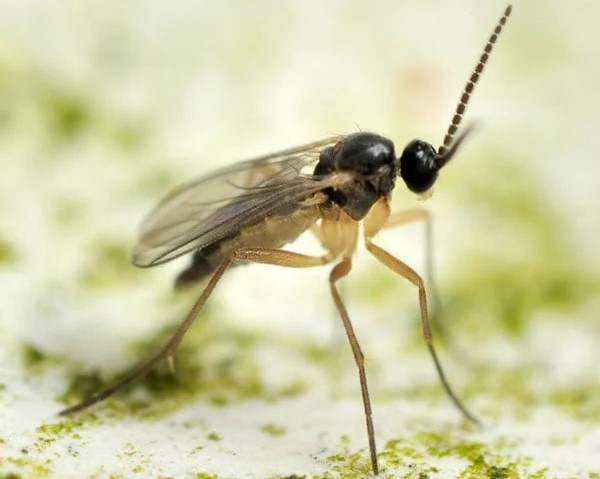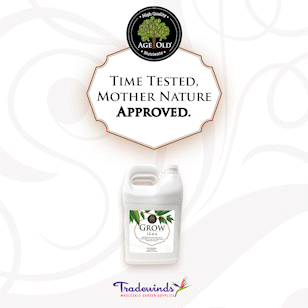
Houseplants bring a touch of nature indoors, but sometimes, uninvited guests like fungus gnats can disrupt the harmony. These tiny flying insects, often mistaken for fruit flies, can be a nuisance for plant enthusiasts. In this article, we will explore what attracts fungus gnats to houseplants, what they eat, and effective methods to eliminate them.
What Attracts Fungus Gnats to Houseplants?
Fungus gnats (Sciaridae family) are commonly found around indoor plants due to specific factors that draw them in:
Moist Soil: Fungus gnat larvae thrive in damp, organic-rich potting soil. Overwatering or poor drainage can create the perfect breeding ground for these pests.
Decomposing Organic Matter: Fungus gnats are attracted to decaying plant material, such as fallen leaves, that accumulates on the surface of the soil.
Fungus and Mold: Fungus gnats lay their eggs in soil, and their larvae feed on the fungi and molds that grow there. These pests are particularly attracted to the presence of such microorganisms.
Stagnant Water: Standing water in saucers or containers beneath pots can provide a breeding site for fungus gnats.
What Do Fungus Gnats Eat?
Understanding the diet of fungus gnats can help in addressing the infestation:
Plant Roots: Fungus gnat larvae feed on the tender, fine roots of houseplants. Their feeding can hinder nutrient uptake and weaken the plant.
Organic Material: Apart from plant roots, the larvae also consume decaying plant matter and fungi in the soil.
Adult Feeding: Adult fungus gnats primarily feed on nectar and other sugary substances, making them more of a nuisance than a direct threat to plants. However, their presence can indicate an underlying issue with the soil.
How to Eliminate Fungus Gnats
To effectively eliminate fungus gnats from your houseplants, consider the following steps:
Allow Soil to Dry: Fungus gnat larvae thrive in moist soil. Allowing the top inch or so of the soil to dry out between waterings can help disrupt their life cycle.
Adjust Watering Habits: Water your plants only when the soil is dry to the touch. Ensure proper drainage by using pots with drainage holes, and empty saucers to prevent stagnant water.
Remove Organic Debris: Regularly remove fallen leaves, dead plant material, and any mulch on the surface of the soil to eliminate potential food sources for the larvae.
Biological Control: Beneficial nematodes or predatory mites can be introduced into the soil to naturally control fungus gnat larvae. These organisms prey on the larvae and disrupt their life cycle.
Sticky Traps: Yellow sticky traps placed near the plants can capture adult fungus gnats, reducing their population.
Neem Oil or Insecticidal Soap: Apply neem oil or insecticidal soap to the top layer of the soil to deter larvae. Be sure to follow the product instructions.
Soil Replacement: As a last resort, if the infestation persists, consider repotting your plants with fresh, well-draining soil to remove any remaining larvae.
Conclusion
Fungus gnats can be a bothersome presence around houseplants, but by understanding what attracts them and taking appropriate measures to disrupt their life cycle, you can effectively eliminate these pests. Maintaining proper watering habits, removing organic debris, and using biological controls are all steps to keep your houseplants healthy and free from fungus gnat infestations. With diligence and attention, you can enjoy your indoor garden without the annoyance of these tiny flying insects.
Related Articles & Free Email Newsletter Sign Up
How Sticky Traps Help Prevent Pest Infestations
How to Identify and Eliminate Common Houseplant Pests




Comment here